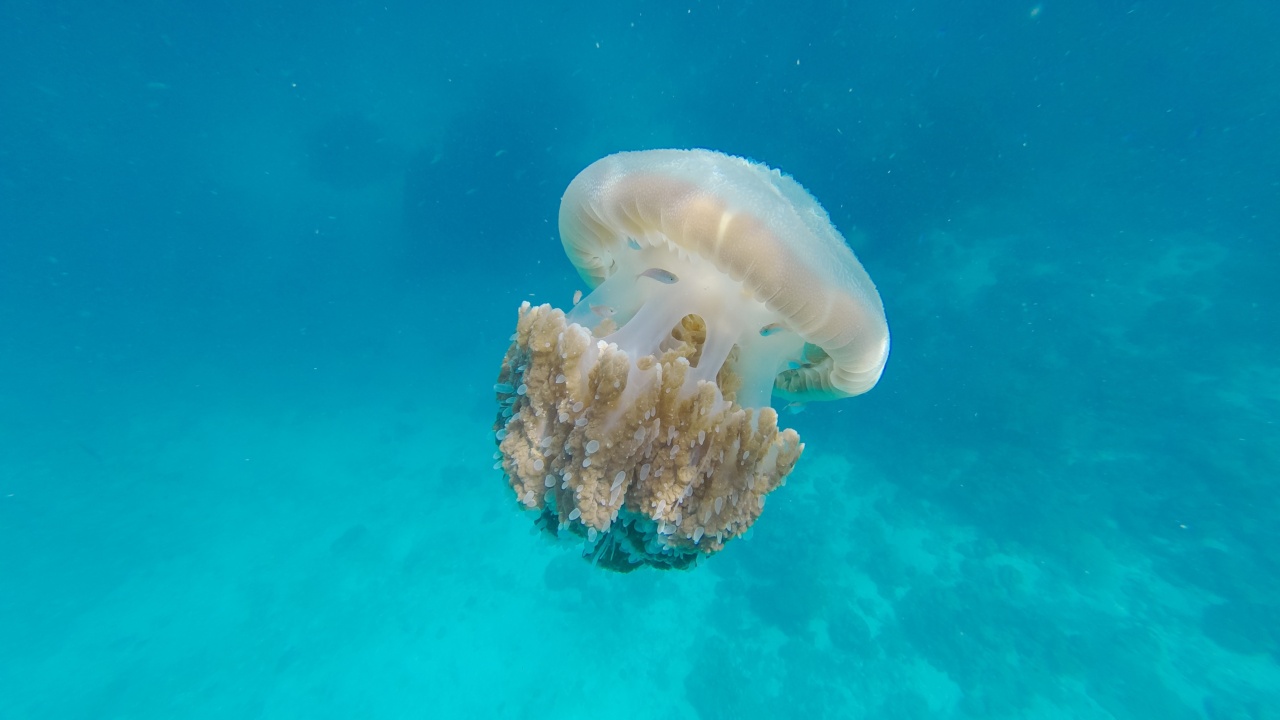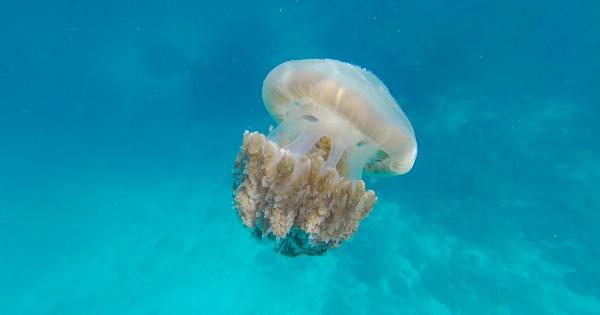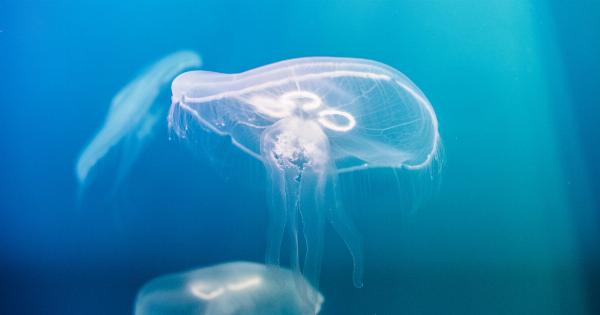Jellyfish stings are painful and can cause serious health problems if not treated properly. Knowing what to do when stung by a jellyfish can make all the difference in your recovery time.
In this article, we’ll go over the dos and don’ts of jellyfish stings so that you can be prepared if you ever come in contact with one.
Do get out of the water immediately
If you’re stung by a jellyfish while in the water, the most important thing to do is to get out of the water as quickly as possible. More tentacles may be in the water that can cause a recurrence of the sting.
If the sting occurred in the shallow waters near the beach, walk out of the water as quickly as possible. However, if the sting occurs while you are on a boat or in the middle of the ocean, it’s better to quickly get into the boat to prevent another jellyfish sting.
Don’t rub the affected area
When you are stung by a jellyfish, it’s important not to rub the affected area as it may cause the venom to spread to other parts of the skin.
Applying fresh water or other liquids to the skin may help soothe the pain and prevent the venom from spreading.
Do rinse the affected area with saltwater
Rinsing the affected area with saltwater is an effective way to help neutralize the tentacle’s venom. Don’t use fresh water as it can cause the nematocysts (tentacle cells) still on the skin to release the venom and cause more sting.
Besides, freshwater may not have the same osmotic gradient as the sea hence it can cause the physical breakdown of the stinging cells and promote the release of additional toxins.
Don’t use urine or vinegar to rinse the affected area
Using urine or vinegar is not effective. Applying vinegar to a jellyfish sting area can worsen the sting and the severity of the injury. Because vinegar can cause stinging cells to discharge nematocysts, leading to further release of venom.
Urine (ammonia) is a myth; there is no scientific evidence that urine can neutralize the venom. Instead of these popular remedies, use proper materials such as saltwater and cold jet water pressure to neutralize the venom and prevent jellyfish sting’s further aggravation.
Do seek medical attention
If the pain is severe, or you observe the presence of severe symptoms, you should seek immediate medical attention.
More danger exists when there’s a presence of severe pain, difficulty breathing, or increased heart rate or signs of anaphylaxis such as difficulty breathing, wheezing, hives, or swelling of the tongue or throat, vomiting, or pale skin. Any of these symptoms may be a sign of a severe allergic reaction or injury. In case of allergies, swelling or breathing issues, seek urgent medical attention as soon as possible.
Don’t attempt to remove tentacles with your bare hands
If there are still tentacles on the skin, don’t attempt to remove them with bare hands as the stinging cells may still be active. The cells can still release venom even if the tentacle is no longer attached to the skin.
Instead, use a pair of tweezers or a clean cloth to gently peel off the tentacles, taking care not to touch them with your bare hands.
Do use a hot or cold compress
A warm or cold compress can help alleviate the pain and swelling caused by a jellyfish sting. A cold compress can help reduce swelling, while a hot compress can help reduce pain.
Use cloth with hot water or ice/ cold water and place it to the affected skin. However, take care not to use the hot or cold water at extreme temperatures to avoid further skin damage or discomfort.
Don’t touch the wound or scratch it
It’s important to avoid touching or scratching the wound to prevent further irritation. Scratching or touching the wound could reopen the wound, exposing it to bacteria and other environmental stressors that can potentially cause infection.
It may worsen the sting and cause additional injuries to the skin. It is recommended to wash the wound with hot or warm water to remove the debris that may cause infections and relieve swelling and itching.
Do use antihistamines and pain relievers
Antihistamine or pain relievers can help reduce the pain and itching caused by a jellyfish sting. Over-the-counter pain relievers like acetaminophen, aspirin, or ibuprofen, can help reduce the pain and inflammation associated with jellyfish stings.
Antihistamines like Diphenhydramine can help reduce swelling and itching. Always read the instruction on the medication before you use it.
Don’t ignore or underestimate the pain or wounds
Never underestimate the sting’s severity, especially if other symptoms like muscle cramps, shortness of breath, or chest pain, are experienced.
Some species of jellyfish, such as box jellyfish, can cause serious and life-threatening injuries and can be fatal. In such situations, immediately seek urgent medical attention.
Conclusion
Being stung by a jellyfish can be painful and quite scary, but knowing the dos and don’ts can make all the difference in the event of a sting.
Doing the right things such as seeking medical attention, applying proper remedies, and not scratching the affected area, avoiding touching the tentacles with bare hands, and using hot or cold compress can all help alleviate the pain and prevent complications. Jellyfish stings should never be ignored or taken lightly, and if severe symptoms present themselves, seek urgent medical attention.































